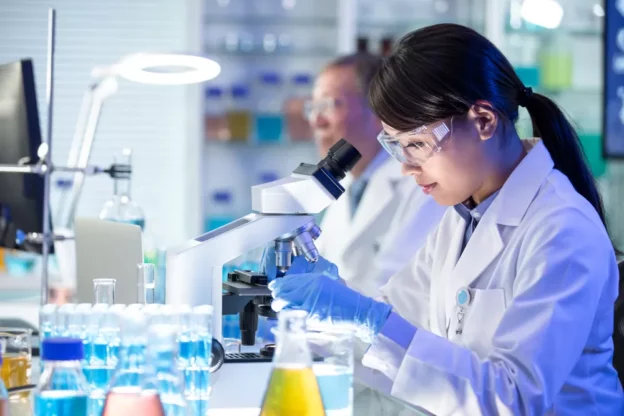Researchers from the Korea Institute of Science and Technology (KIST) developed a material that withstands up to 1000 °C and under strong ultraviolet illumination. This thermally refractory material can be used in a variety of applications, from space and aerospace systems to thermal photovoltaic (TPV) systems.
Thermal radiation, defined as the electromagnetic radiation emitted by all matter with a temperature above absolute zero, originates from the heat produced by the movement and release of charges within the material, manifesting itself in the form of electromagnetic radiation. This phenomenon has captured the interest of the scientific community because of its potential to be harnessed as an energy source. alternative energy source. as an alternative energy source.
Heat from facilities such as thermal power generation plants and industrial sites can be reused for heating, cooling and even power production when suitable thermal refractory materials are available.
Much of this research has focused on implementing the technology in general environmental conditions. To broaden the scope of their application, newer materials that can operate in extreme environments are being sought.
New materials for new ways of generating energy
In attempts to phase out fossil fuels, large-scale power generation projects using sunlight are underway in various parts of the world. However, the spectrum of solar radiation that enters the Earth but remains unused is another renewable resource that scientists want to take advantage of.
“As an alternative to solar and wind renewable energies, whose electricity production varies depending on the weather, green thermoelectric power generation technology that uses radiant energy emitted by the Sun and high-temperature environments to generate electricity is gaining attention,” Jongbum said. Kim, principal investigator at KIST under whose leadership the team developed the new thermal refractory material.
How did you develop the new material that withstands up to 1000 °C?
Conventionally, materials such as tungsten, nickel and titanium nitride have been used as refractory conductive materials. However, these materials oxidize easily at higher temperatures.
According to the press release, the researchers used pulsed laser deposition techniques to fabricate lanthanum-doped barium stannate oxide (LBSO) in a nanoscale thin film. The material can maintain its performance even when exposed to temperatures of 1,000 degrees Celsius and intense ultraviolet light of 9 MW/cm2.
The research team also fabricated a thermal emitter in the infrared band using LBSO and found that the material is stable when used in multiple layers or as a thin film. This opens up the possibility of using LBSO for thermophotovoltaic power generation (TPV). Interestingly, the material allows thermal radiation to be transferred to the photovoltaic cells without intermediaries, thus preventing its oxidation from coming into contact with the air.
“The LBSO will help address climate change and the energy crisis by accelerating the commercialization of thermoelectric power generation,” Kim added in the press release.
The researchers are also confident that LBSO will find applications beyond power generation and the recycling of waste heat from industrial equipment. Because it is resistant to UV exposure, the material can also manage the heat generated by absorption or exposure to intense sunlight. This often occurs in extreme environments and can help develop applications in areas of aviation and space.
The research findings were published in the journal Advanced Science.
Don’t miss any of our posts and follow us on social media!

